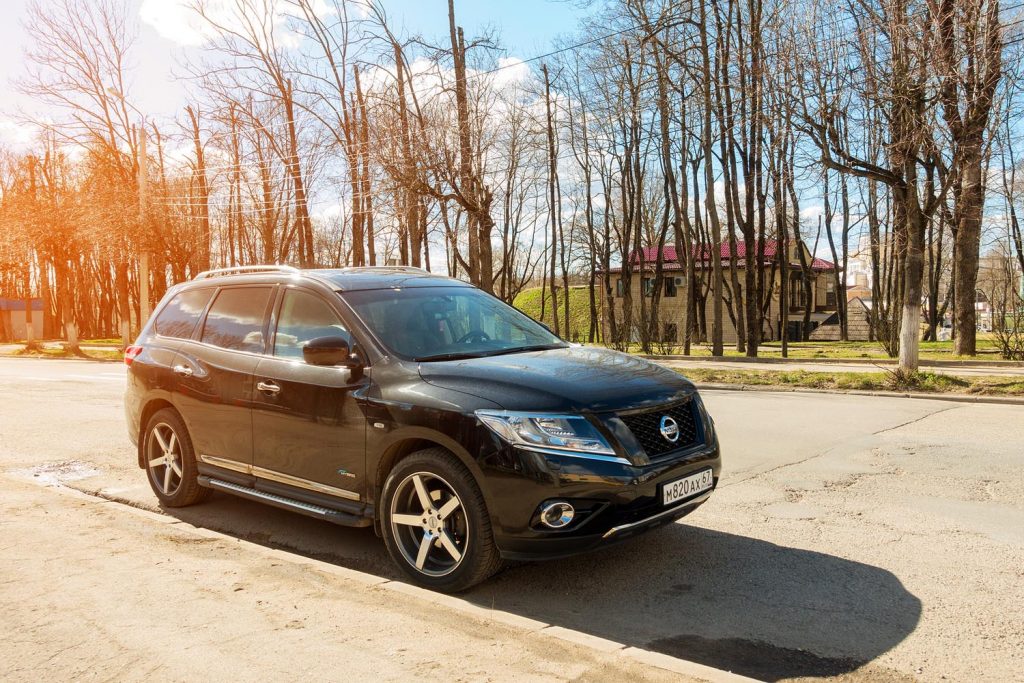What is CVT Transmission and What Are Its Drawbacks?

The CVT was first used as far back as the 1910s. It wasn’t until recently that we began to see it in mass-produced vehicles. Most small cars built in recent years have CVT transmission. Some brands use CVT in most of their vehicles. The transmission system has taken the auto industry by storm thanks to its inexpensive production cost and its operating efficiency. But what is CVT?
CVT stands for continuously variable transmission. It is an automatic transmission that uses two pulleys and a “woven” steel band to adjust gear ratio. CVT is not a brand new technology but some drivers are nonetheless skeptical about it. The most fearful skeptics may not need to worry as much. However, there are some downsides to CVT.
Pros
Fuel Efficiency
CVT transmission has a way of using no more fuel than is needed, whereas traditional transmissions use fuel to jump from gear to gear. Unless you’re OK with driving a manual transmission, the most efficient transmission you can buy is the CVT.
Smoothness
CVT transmission provides “stepless” gear ratio changes, which means there’s no revving and then halting to jump from gear to gear. A vehicle with CVT accelerates smoothly, even if it must accelerate quickly. However, most CVT-equipped vehicles aren’t meant to accelerate very quickly.
Hill Climbing
CVT is effective in powering vehicles up inclines. It finds the exact ratio needed with no trouble at all. In fact, the transmission has an infinite number of ratios due to its variable gear sizes. A traditional transmission has 6 or 8, usually. The CVT doesn’t have any adverse effects on torque; therefore, hill climbing is something it does well. This hill-climbing ability gives the CVT some utility to off-roaders. Vehicles such as the Nissan Pathfinder are available with CVTs.

Cons
No Fun?
Drivers who are accustomed to manual transmission or sport-tuned auto transmission might think CVT has a dull feel. Most sports cars still use manual or conventional auto transmissions and have more “punch” than most of the vehicles you can find with CVT. CVTs aren’t usually built into high-powered vehicles. Rather, they’re usually in low-powered, efficient vehicles. This could change as technological advancements offer sturdier parts for new CVT models.
Long-Term Reliability
This area is somewhat grey since technology is changing all the time, but some drivers say CVT transmission doesn’t last as long as conventional transmission. Traditional transmissions, including manual, may last well over 100,000 miles but CVTs may only last 80,000 miles or so. Again, this is all very fickle information. We’ve heard about cases of traditional automatic transmissions failing at low mileage recently, even in the most reliable brands.
Are you looking for a low price on your next vehicle? Get free quotes from each local dealer. Compare and then decide where to negotiate. You can use your quotes as leverage. Click here.

